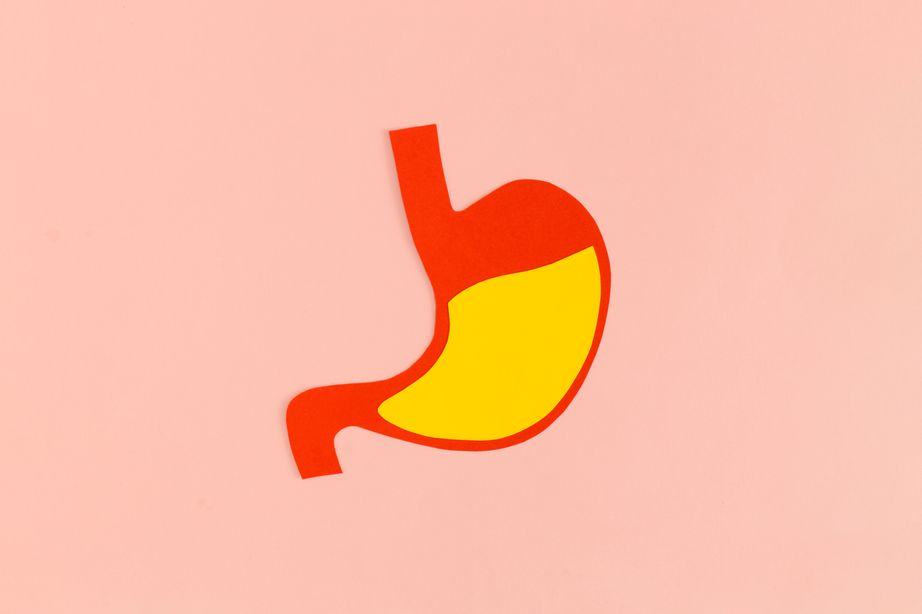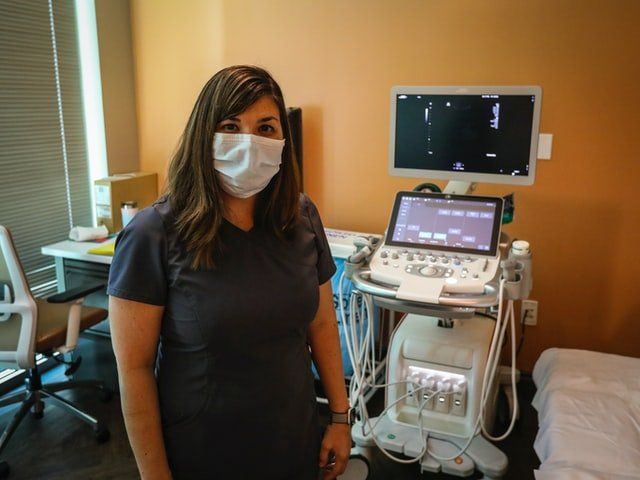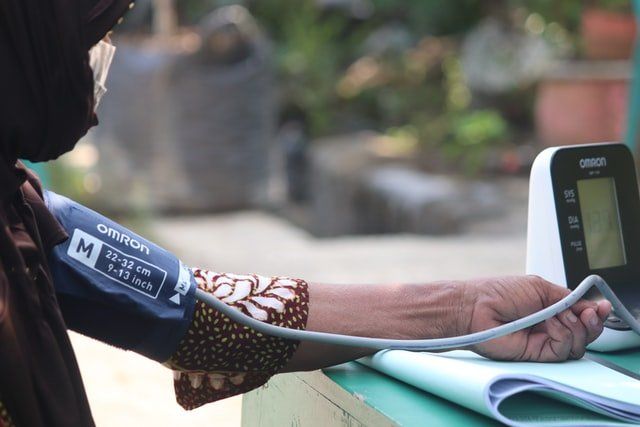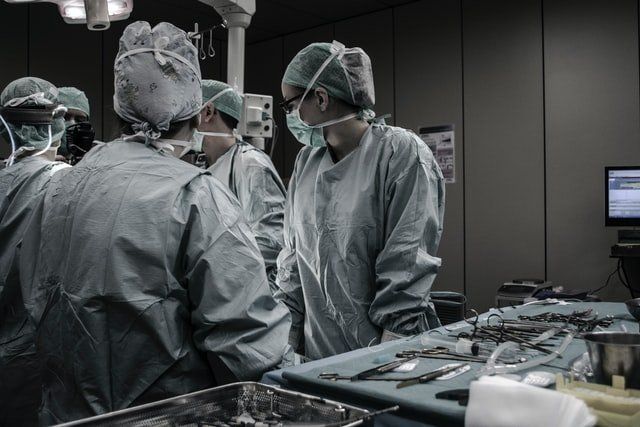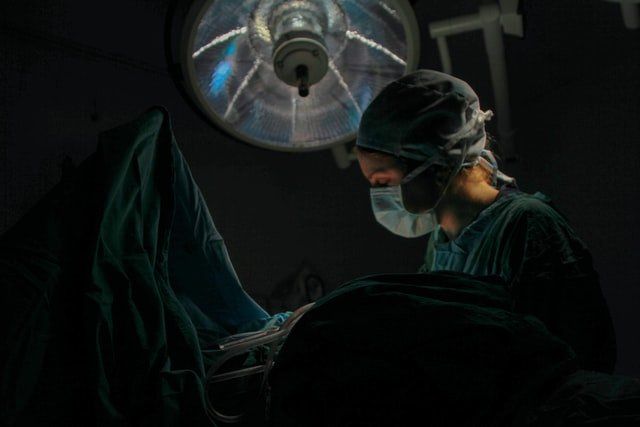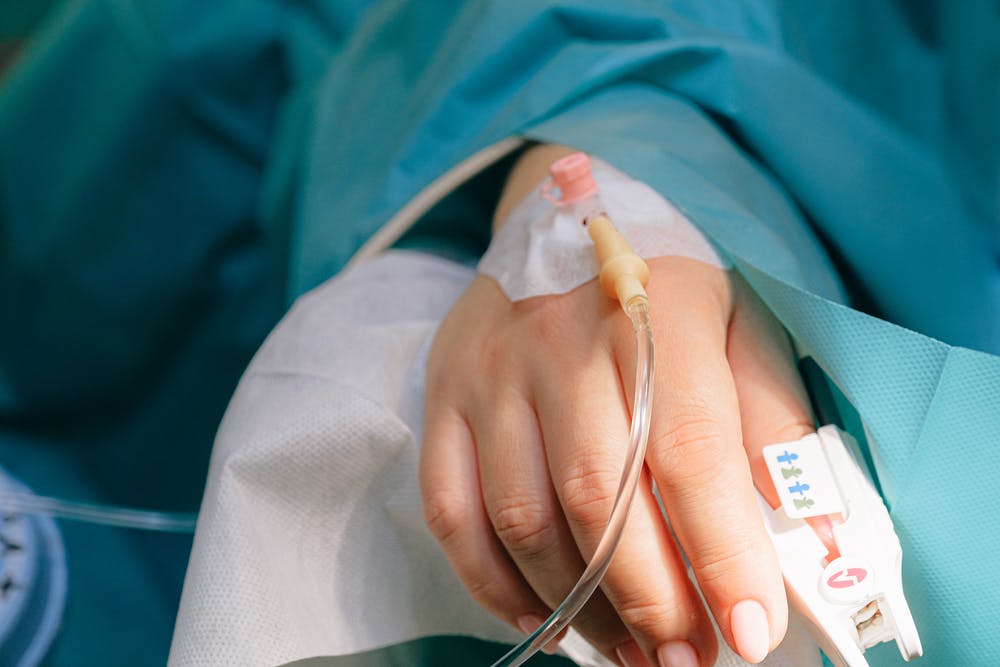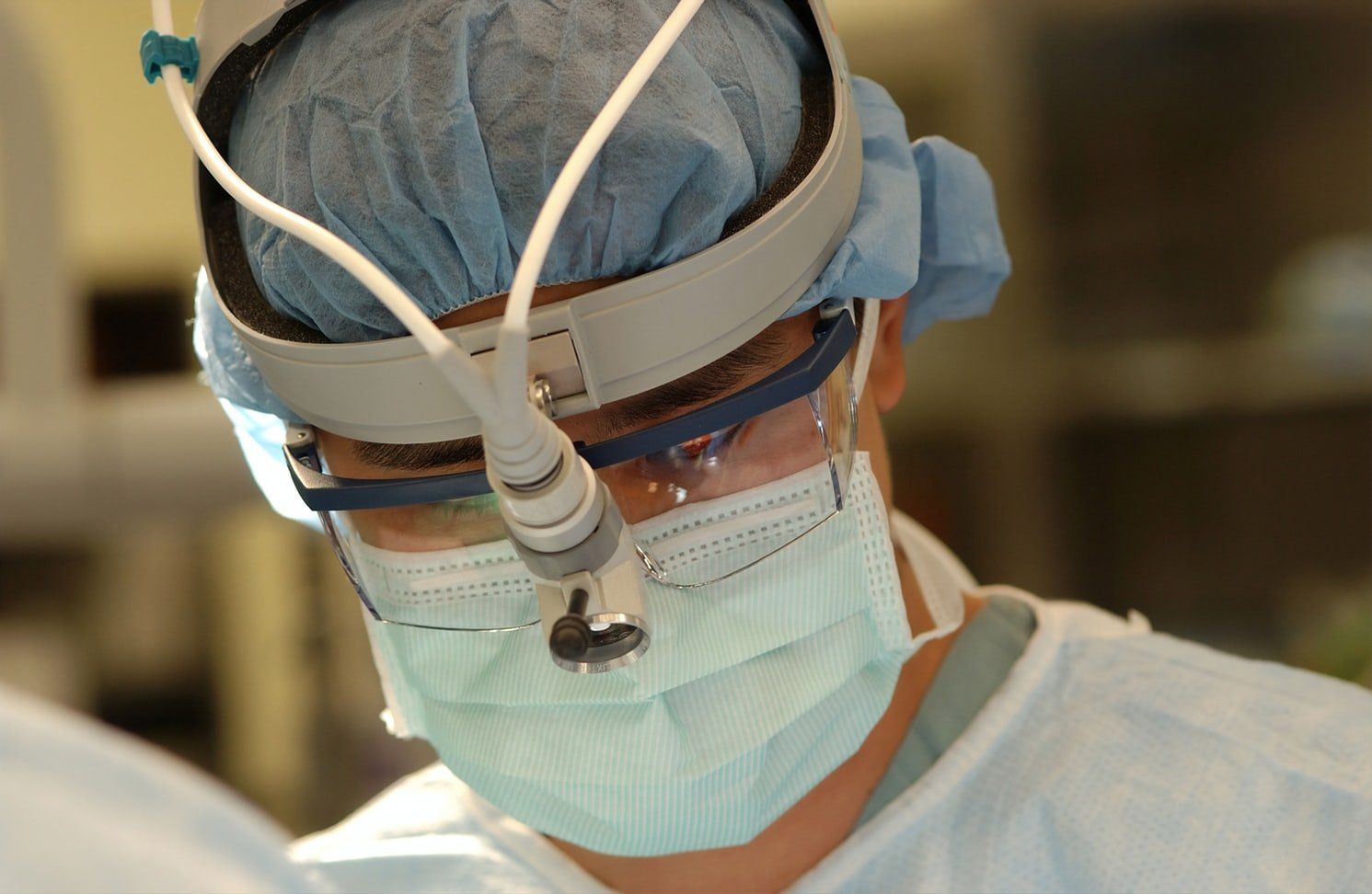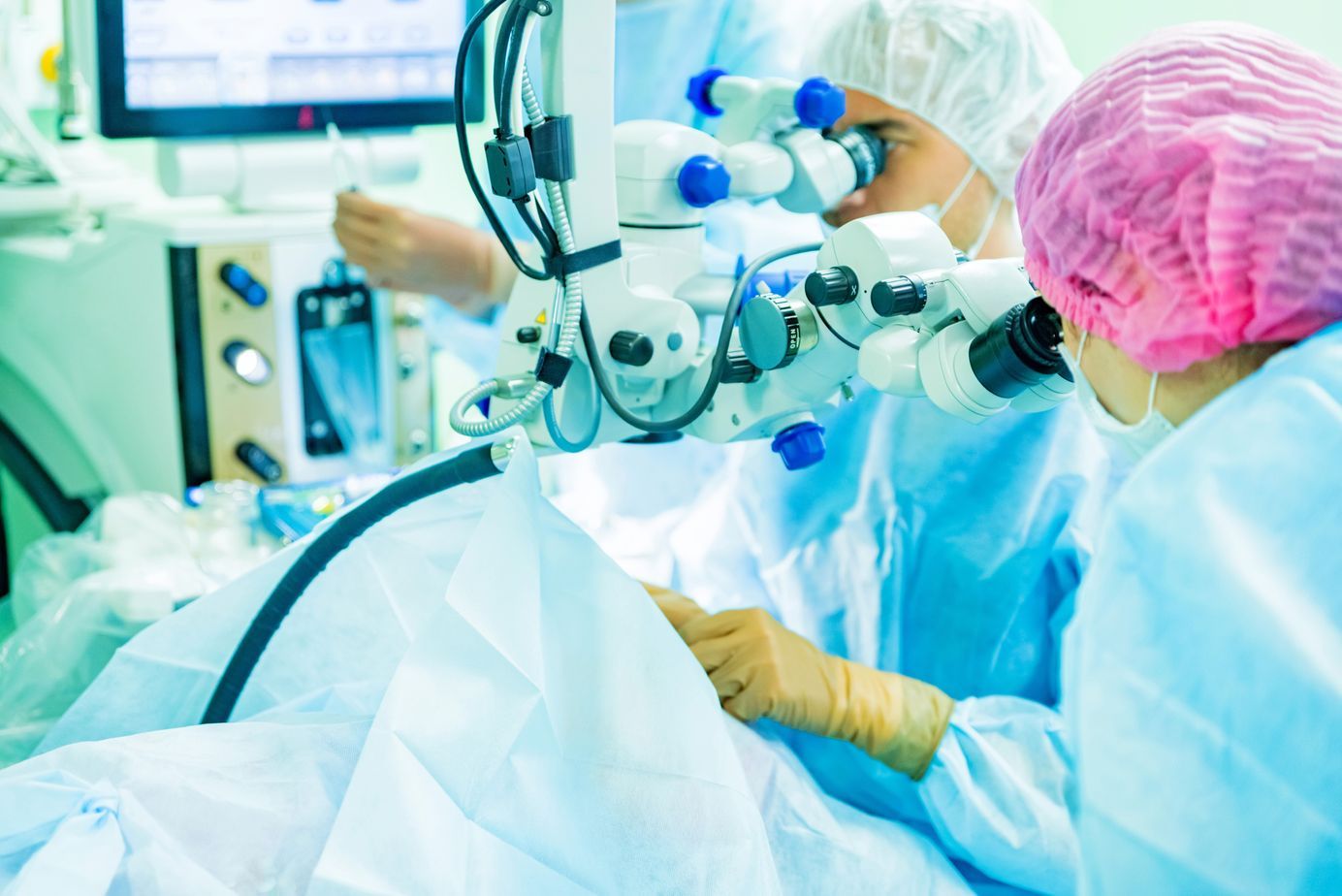Answering Common Questions About Endoscopy Procedures
Medical procedures have become quite advanced as of recent, with many becoming minimally or non-invasive and more effective to make them more accessible to those with low pain tolerance. For example, there are plenty of endoscopic procedures that may be suggested or required for your condition.
Setting an appointment and going through the whole ordeal can all be a tad bit overwhelming, especially if you have a lot of questions about what exactly an endoscopy procedure entails. If you want to have a bit of peace of mind, it’s best to get some general knowledge in advance. Here are answers to some of the common questions about an endoscopy:
What Is Endoscopy?
An endoscopy is a medical procedure wherein an endoscope or tube will be inserted into the body. Several instruments can be passed through the tube, such as an imaging device for examinations, diagnosis, and more. The common parts of the body where an endoscope is used in the stomach and intestines.
There are several kinds of endoscopy, such as therapeutic endoscopy, third space endoscopy, bariatric endoscopy, pancreaticobiliary endoscopy, and more. To learn more specifically about these subcategories, be sure to ask a medical professional in detail about it.
Why Have An Endoscopy Done?
Endoscopy may be a medical procedure that is done in conjunction with others. The main perk that endoscopy offers is the flexible surveillance that it can provide via the endoscope’s tube. Medical professionals would get a good view and ultrasound of the body.
If certain disorders have been identified, like an infection or clotting that may suggest cancer, a doctor would be able to take the best measures to reduce the risks. The same endoscope can be used to help in pumping fluids, getting air in, extracting, and so on.
What to Expect for An Endoscopy?
An endoscope is either passed through the mouth or the anus, depending on the procedure and which part of the body is involved. For example, if the large intestine has to be checked, the tube will be passed through the anus.
Keep in mind that the endoscope comes in varying lengths and sizes, with the medical professional determining the adequate choice for the body part that has to be checked. Endoscopes can go as big as ½ inch in diameter and 6 feet in length.
How to Prepare for An Endoscopy?
Before you have an endoscopy procedure, it’s best to fast for 8 hours. Try to avoid having food during that time span and stay away from any water, sodas, juices, and other liquids for the last two to four hours before the endoscopy appointment to avoid any vomiting.
If the endoscope has to go through the anus, laxatives are usually administered to clear that area of any stool beforehand. Once that’s out of the way, sedatives will be given before proceeding with the endoscope’s insertion and inspection or treatment that has to be done.
Conclusion
Learning more about endoscopy helps in making it less of an anomaly. Granted, it can be nerve-wracking to have such a medical procedure done but keep in mind that this was made to be less invasive than other procedures. Complications rarely occur with endoscopy too.
Want to learn more about
endoscopic sleeve gastroplasty in NJ? Dr. Michel Kahaleh is a world-renowned endoscopist and gastroenterologist that has pioneered interventional endoscopy. Contact us today!

